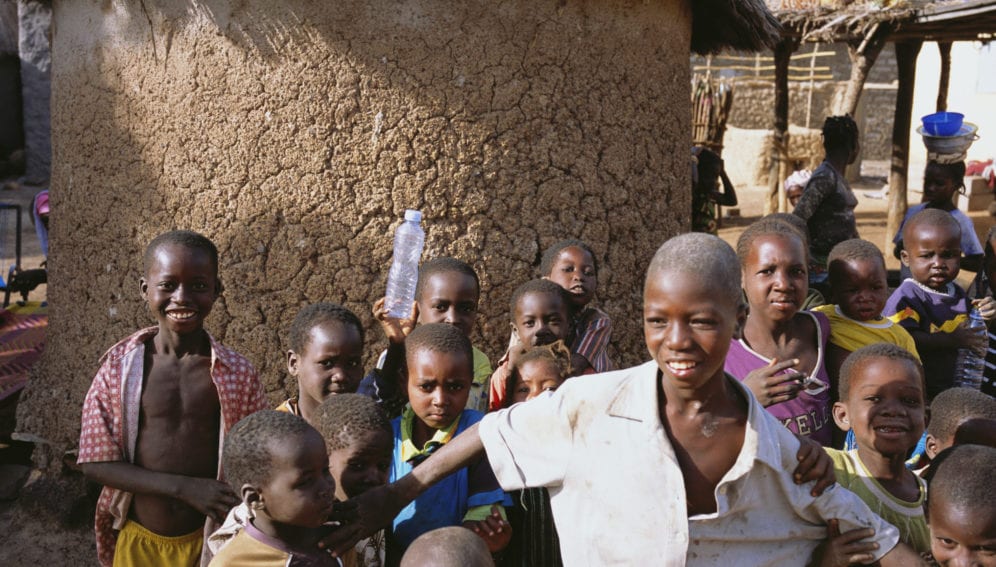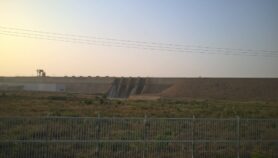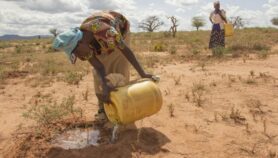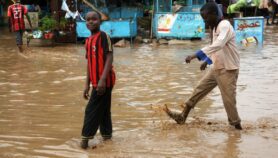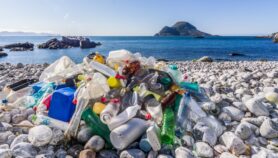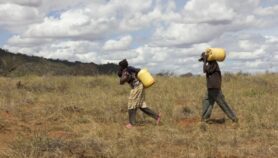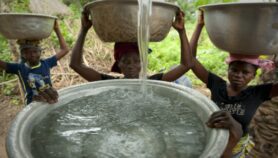Send to a friend
The details you provide on this page will not be used to send unsolicited email, and will not be sold to a 3rd party. See privacy policy.
[CAPE TOWN] A sachet, the size of a fast-food ketchup packet, has proved effective in reducing diarrhoea in children by killing water-based germs and improving the safety of drinking water.
The sachet has purified more than six billion litres of water in about 70 developing countries, saving more than 32,000 lives, according to a report presented at the 246th meeting of the American Chemical Society in the United States on 8 September.
According to the WHO, around 760,000 children die yearly around the world from diarrhoea and developing countries are the most affected.
"The water purifying sachet is designed to allow people to treat and drink water from a variety of sources such as open ponds, rivers and piped water that may not be safe to drink due to contamination and at low cost," says Allison Tummon Kamphuis, programme manager of the P&G Children′s Safe Drinking Water (CSDW), a US-based non-profit organisation of Procter & Gamble.
CSDW sells a packet at US$10 cents to non-profit organisations and humanitarian partners such as Population Services International, CARE International, Save the Children and World Vision.
Kamphuis adds that five clinical studies have shown that its use can reduce diarrhoeal illness in children aged less than five years by an average of 50 per cent.
The sachet, also called P&G purifier of water, uses a water treatment chemical ferric sulphate to remove water contaminants and a calcium hypochlorite disinfectant to kill bacteria and viruses. Both chemicals are approved by the WHO.
The treatment process involves pouring powdered contents of one packet — which weighs less than an ounce — into a bucket of 10 litres of water, which is then stirred, allowed to settle and poured into a clean container.
"When used as directed, the P&G purifier of water removes 99 per cent of bacteria, viruses, and cysts," Kamphuis tells SciDev.Net.
The mini-water treatment plant in a packet was launched in 2004 in Haiti and Uganda and has so far been distributed through partners in 70 developing countries, including the Democratic Republic of Congo, the Dominican Republic, Ethiopia, India, Indonesia, Kenya, Malawi, Mexico, Namibia, Nigeria, Pakistan, Panama, Rwanda, South Sudan, Tanzania and Uganda.
"Such innovative solutions are instrumental in helping people in Sub-Saharan Africa who do not have access to clean drinking water," says Nico Elema, the regional programme manager at the NEPAD′s Southern African Network of Water Centres of Excellence at Stellenbosch University, South Africa
"The networks for water such as the African Ministers' Council on Water could influence policies on water purification and are in an ideal position to act as a catalyst in providing clean water to millions of people," Elema tells SciDev.Net.
This article has been produced by SciDev.Net's Sub-Saharan Africa desk.


